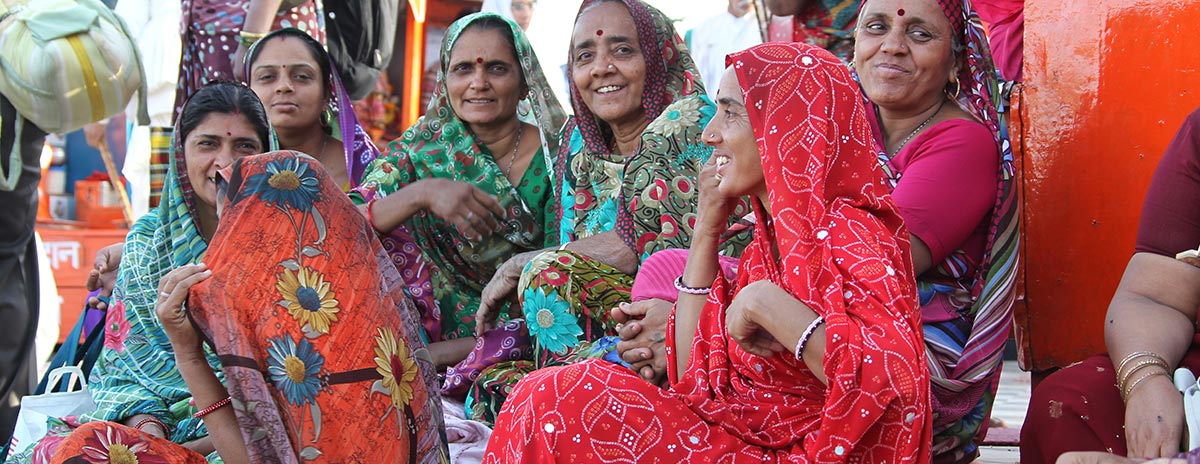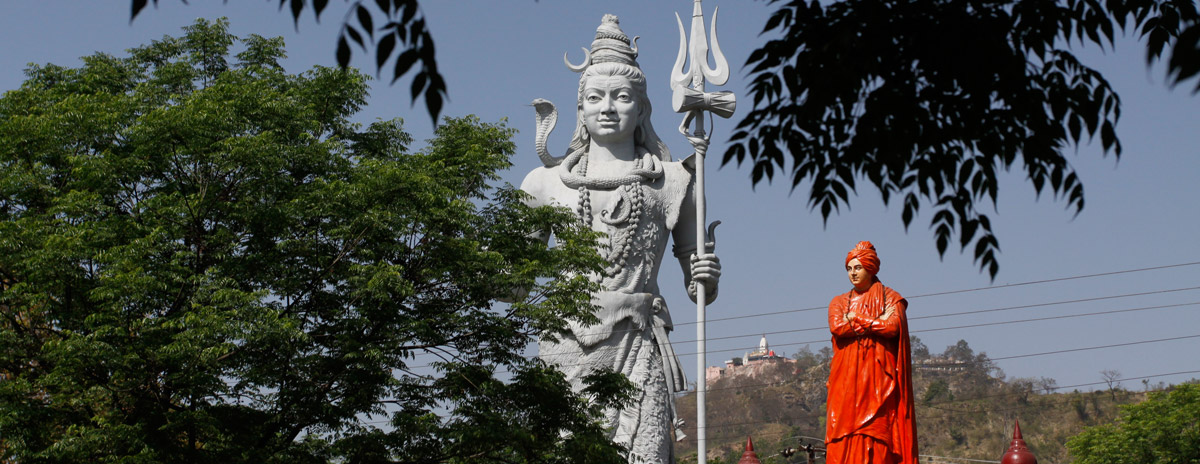Chardham Yatra
15 Day's :
Delhi - Haridwar - Mussoorie - Hanuman Chatti - Yamnotri - Hanuman Chatti - Uttarkashi - Gangotri - Uttarkashi - Sonprayag - Kedarnath - Guptakashi - Rudraparayag - Joshimath - Badrinath - Rudraparayag - Rishikesh - Delhi
Char Dham is the term coined in Hindi for the four most revered Hindu pilgrimage destinations of Yamunotri, Gangotri, Kedarnath and Badrinath. According to the Puranas and various Hindu scriptures, the Char Dham Yatra is of a very high religious significance. Pilgrims from all around the world brave the severe conditions of landscape and weather to visit the shrines and have a holy darshan of the revered deities.
Yamunotri
Yamunotri Temple lies in the western region of Garhwal Himalayas. It is situated at a height of 3235 m. Goddess Yamuna, the river goddess is worshipped here and has special significance in Hindu scriptures. The statue is made of black marble. The river Yamuna emerges from Yamunotri glacier which is at a height of 4420 m near the Kalind mountain. This was the home of Sage Asit. The temple was constructed by Maharaja Pratap Shah of Tehri Garhwal. A hot sulphur spring pond is situated at Yamunotri close to the temple. Nearby places of interest include Surya Kund, Divya Shila, Sayanachatti, Janakichatti and Hanuman Chatti.
Gangotri
The shrine of Gangotri is situated at an elevation of 3200 m surrounded by deodars (Himalayan cedars) and pines. The original temple was constructed by the Gorkha General Amar Singh Thapa. Every year people from all around the world visit this shrine. A number of ashrams and dharamshalas are located on the other side of the river. It is believed that Raja Bhagirath used to worship Shiva on a slab of rock named "Bhagirath Shila" and situated near the temple. Submerged in the river lies a natural Shivling where, according to the tradition, Lord Shiva sat when he received the Goddess Ganga in his matted locks. A days trek takes us to Gaumukh, the geographical source of the mighty Ganges.
Kedarnath
The temple of Kedarnath, dedicated to Lord Shiva, is revered and visited by many pilgrims every year. The temple is 3580 m high amidst the background of snow-covered mountain peaks and greenery. The temple is built of large, heavy and evenly cut grey slabs of stones and is considered more than 1000 years old. The temple has a sacred center, garbha griha, where a conical rock formation is situated and a mandapam for pilgrims and visitors to sit. A large statue of the bull Nandi is placed outside the temple door. The nearest bus stop is Gaurikund and pilgrims have to trek 14 kms to reach the temple. Since the floods of 2013 which destroyed many hotels in this place, the travel on foot starts from Sonprayag, 10km before Gaurikund.
Badrinath
Badrinath Temple is the abode of Lord Vishnu. It is situated at an altitude of 3130 m on the banks of Alaknanda. In the backdrop is the Neelkanth mountain peak situated between the twin peaks of Nar and Narayan. The name is derived from wild berries called Badri. Adi Shankarcharya established the statue of Vishnu in the temple. Near the temple is a hot water sulphur spring, Tapt Kund.



